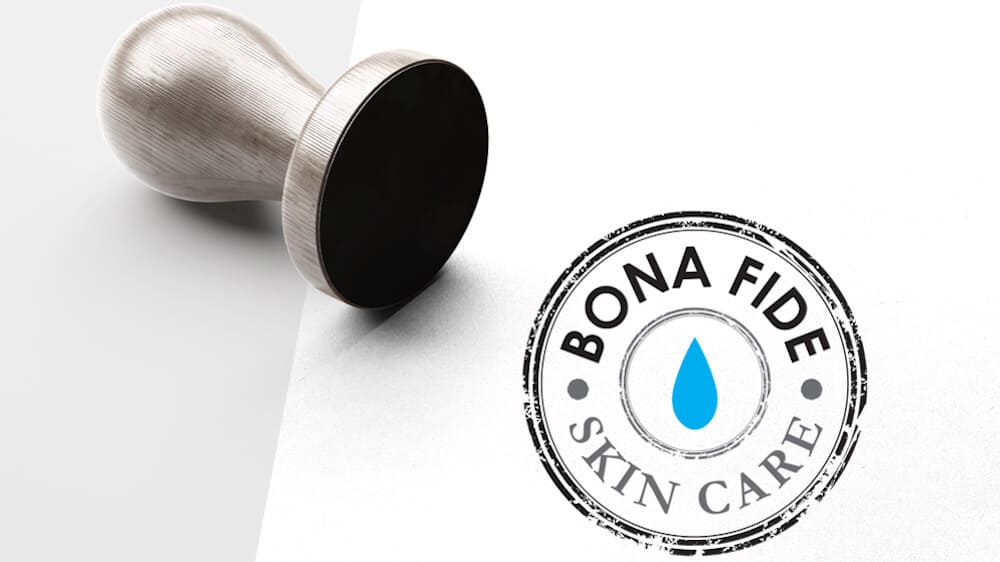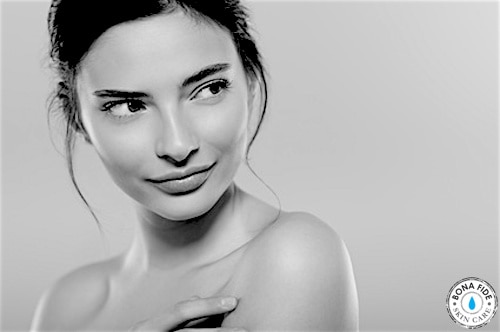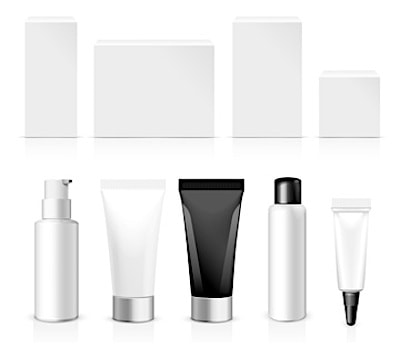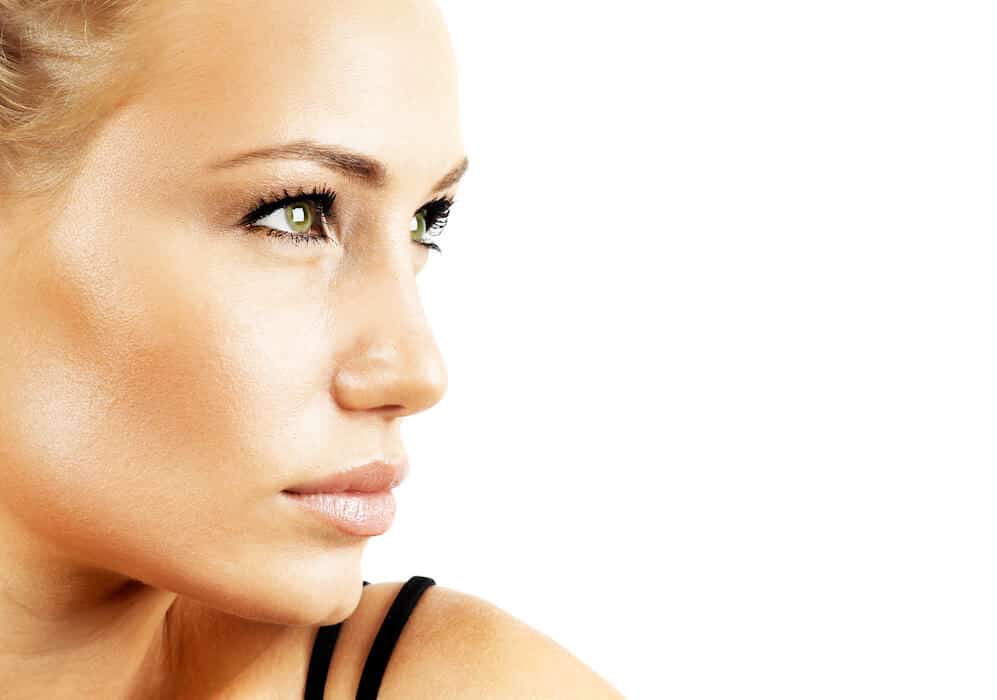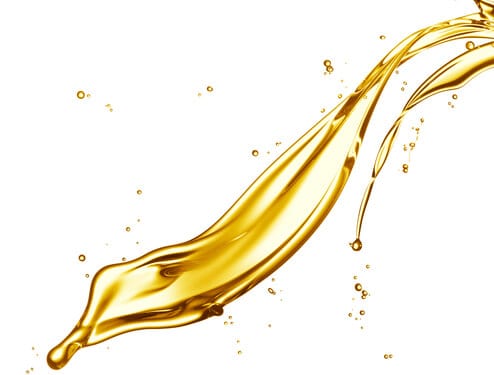How to Use Vitamin A for Your Skin
Using Vitamin A for skin is one of the best things you can do, it is one ingredient with solid research and proven results behind it.
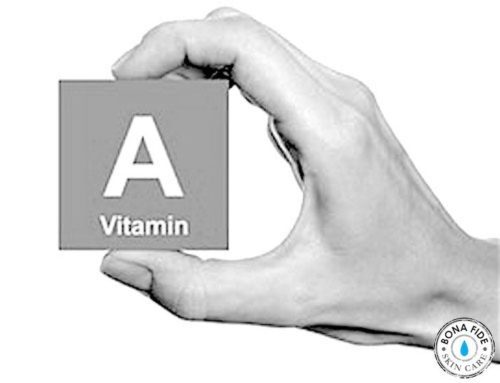
But vitamin A can be confusing with all the different forms and uses…and it is strong so side effects are possible.
To get the most out of it you need specific details, all of which are on this page!
Quick Overview: The Benefits of Vitamin A for Skin
Vitamin A’s impressive benefits are backed by science (for example) – a rarity in the skin care world!
Here is what makes it a wonder ingredient:
- Vitamin A can penetrate deeply in skin where it stimulates collagen production, reducing the appearance of fine lines and wrinkles. This makes it an anti aging must
- Treats acne by unclogging pores, reducing inflammation and increasing skin cell exfoliation
- Evens out skin tone and improves sun damage spots/pigmentation
- Smoothes skin improves its tone and appearance
The Different Forms of Vitamin A – Retinoids
Retinoids are the derivatives of Vitamin A (in science speak = chemical compounds).
The 3 Retinoids we care about in skin care =
Retinoic Acid, Retinol and Retinyl Palmitate…
1. Retinoic Acid
Retinoic Acid is the active form of Vitamin A – the one that has a direct biological effect on skin (this is the form that makes all the difference!)
It is a very effective acne treatment, but because of its strength and direct action, it can cause severe dryness and irritation.
You can only get it with a prescription from your doctor.
Fortunately the following forms of Vitamin A for skin exist so we can get the same benefits with less side effects – and no prescription:
2. Retinol
Retinol is one step back from Retinoic Acid.
When Retinol is applied to skin it transforms into Retinoid Acid – and your skin only transforms what it needs!
Retinol applied to skin >>> transforms into Retinoic Acid
One down side of Retinol – it is notoriously unstable.
That’s why Retinol products can vary so greatly in their effectiveness.
It needs be protected from oxidation and in a formula that allows it to be delivered to skin cells without breaking down first.
Retinol is the best form of vitamin A for skin in an over the counter product because it is the strongest.
But it can still be too irritating for some people. So the next form is the least strong…
3. Retinyl Palmitate
Retinyl Palmitate is one step back from Retinol.
This makes it even less irritating, and also more stable.
Retinyl Palmitate applied to skin >>> converts to Retinol >>> converts to Retinoic Acid
How To Use Vitamin A For The Best Results
Over the counter products contain Retinol or Retinyl Palmitate.
They still require you to build up and it’s vital they are in the right formulation to even work at all!
How to use Retinol products:
- Start by using it once every 2nd or 3rd night. Everyone’s skin will react differently so it is best to start off slow to lessen any chance of irritation or dryness.
- Do this for a week or two and notice how your skin reacts.
- Why at night? Retinol breaks down in sunlight so applying it at night ensures it remains active on your skin.
- Be sure to wear sunscreen during the day, as any product that increases exfoliation will make your skin more sensitive to the sun.
Once you’ve built up to nightly use, keep using and enjoy the benefits!
You can expect to see results from a good retinol product in about 3months. Consistency is key!
Can You Use Retinol With AHA’s or BHA’s?
AHA’s (glycolic acid) and BHA’s (salicylic acid) are excellent active skin care ingredients with proven results.
They are fine to use with Retinol but because they are also very active there are important points to keep in mind…
- Glycolic acid and salicylic acid also require you to build up application, starting with a lower percentage or frequency
- It is best to choose either Retinol OR a BHA/AHA and begin to build up your skins tolerance (start with a BHA for acne, an AHA for anti aging – as the acids tend to show results faster)
- Once your skin is used to the BHA/AHA introduce your Retinol slowly.
- You will likely notice some dryness, but if it’s too much or skin becomes irritated stop using it. Or once every 2nd or 3rd day until you’ve built up tolerance
- If you are able to use both on the same day, use the AHA/BHA in the morning and Retinol at night. And always wear sunscreen!
Using Vitamin A for skin is worth it.
It has the power to clear up your skin, improve fine lines and wrinkles, increase smoothness and brighten your whole complexion!
